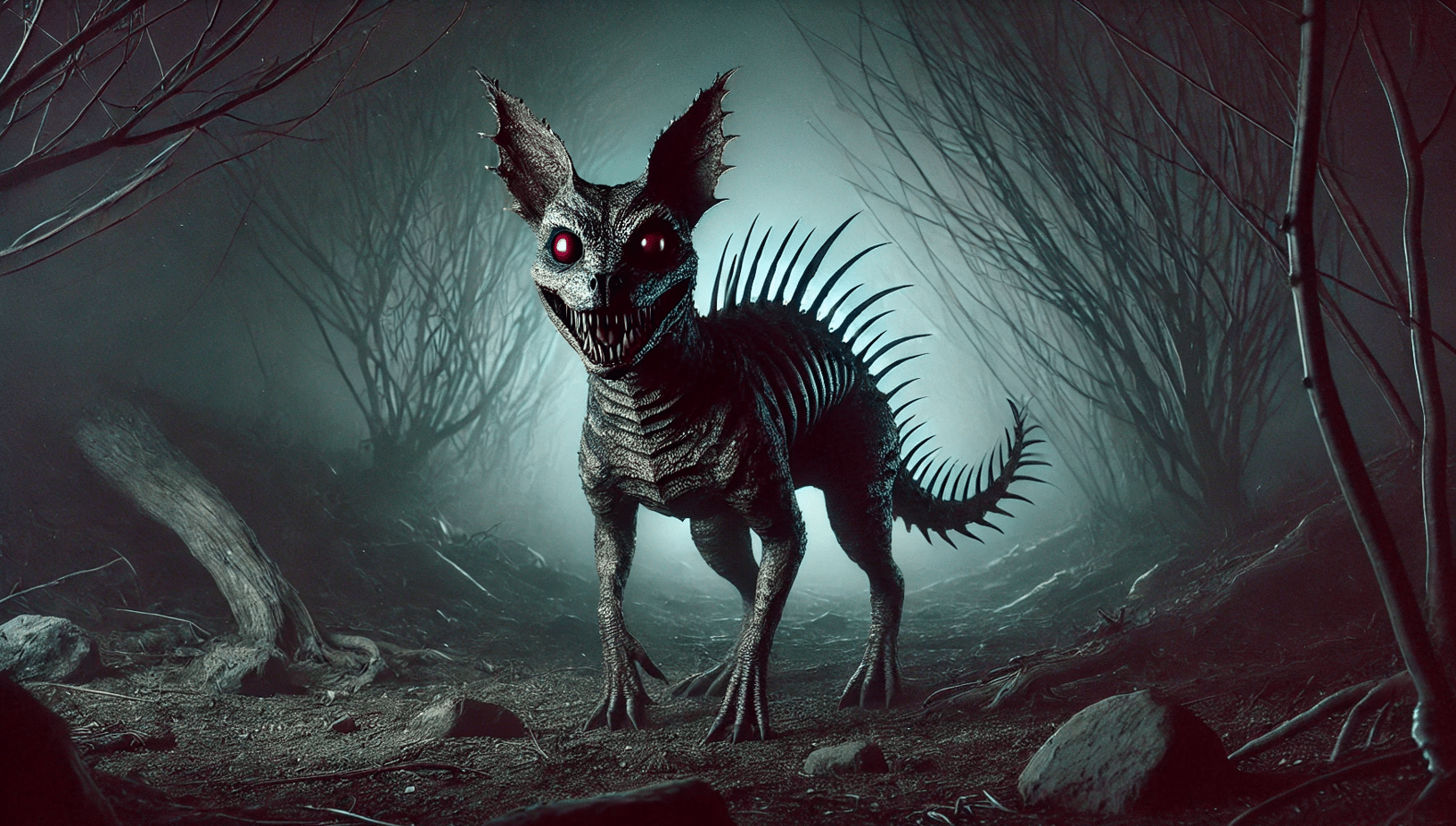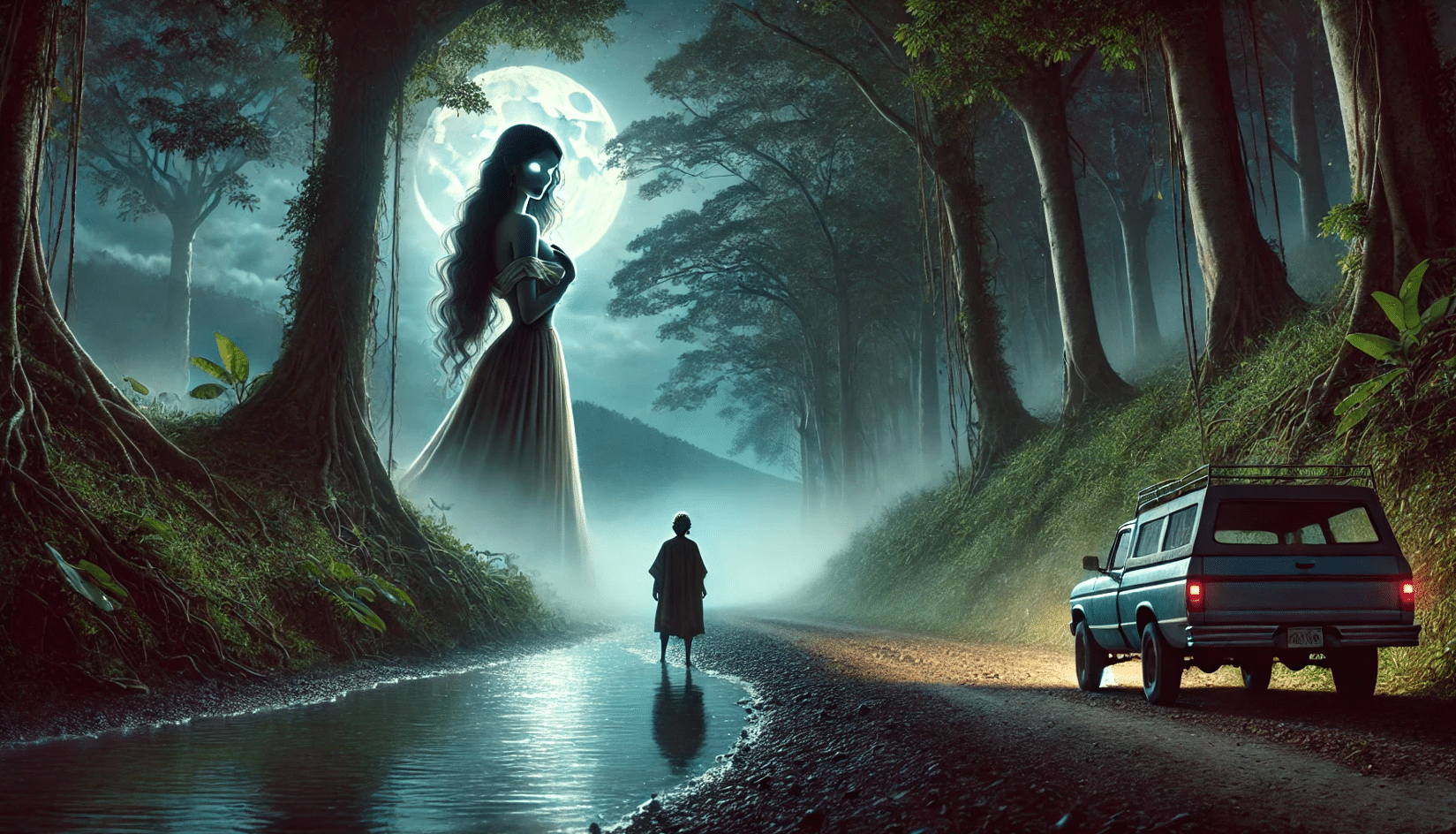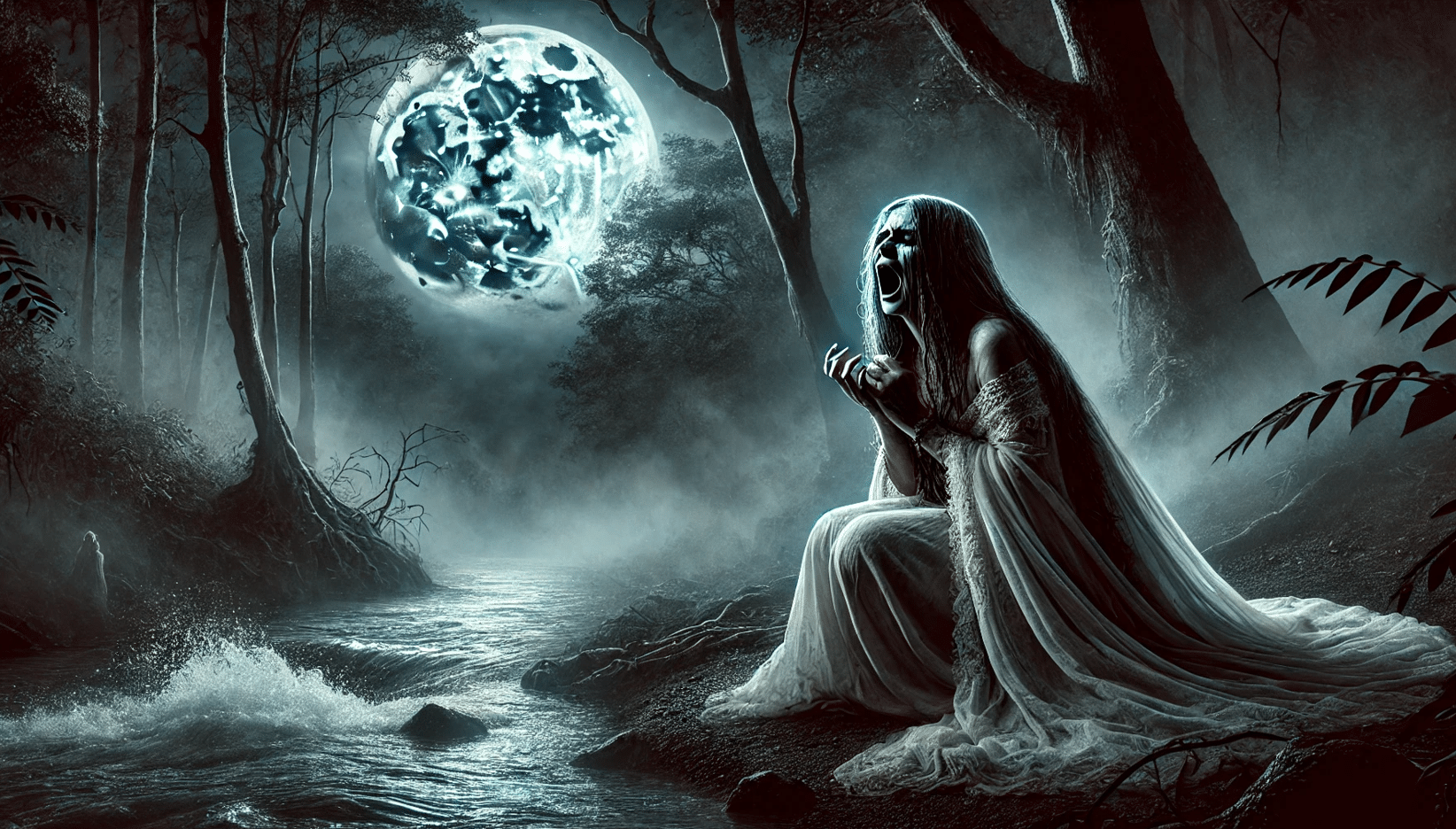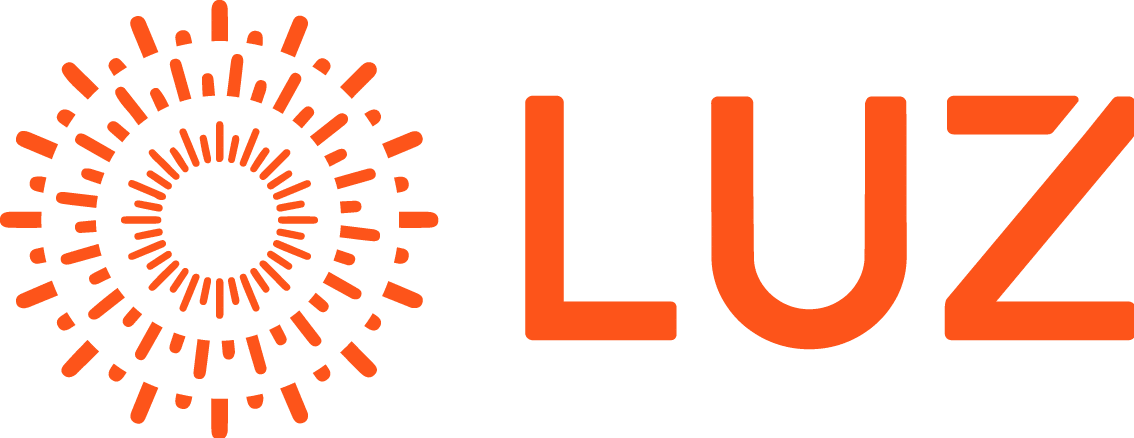10 Latino Myths to Get Spooked This Halloween
Even if you don’t totally buy into the supernatural, you have to admit—nothing beats the thrill of a good old-fashioned scary story.
Even if you don’t totally buy into the supernatural, you have to admit—nothing beats the thrill of a good old-fashioned scary story. That spine-tingling feeling you get? It’s even better when you share it with others. For many of us growing up in Latino households, these creepy myths are a huge part of our childhood. They’ve been passed down from generation to generation, and they’re perfect for telling around the campfire. Ready to get spooked? Here are 10 of the best Latino myths to get into the spooky season mood:
Los Aluxes (The Elves) from Mexico

In the Yucatán peninsula, the legend of the Aluxes is rooted in Mayan culture. These playful spirits look like tiny children, wearing sandals and hats, and usually hang out with a dog. They live in caves and protect the forests and farmers’ fields. But here’s the thing: the Aluxes treat you how you treat them. Be respectful, and they’ll help your crops thrive. But after seven years? You’ve gotta seal their tiny house, or they’ll start messing with you. We’re talking lost belongings, creepy sleepwalking, and nightmares. If you really anger them, you might come down with “mal aire” (bad air), a sickness only a specialized healer can cure. So yeah, better be nice to these little guys!
El Carruaje de la Muerte (The Carriage of Death) from Guatemala

Picture this: a pitch-black carriage pulled by black horses with fiery red eyes, thundering through the streets of Guatemala City. That’s the “Carruaje de la Muerte”—The Carriage of Death—and it’s said to collect the souls of the dying. Legend has it, if you see it, you might be next. The carriage floats rather than rumbles, and the driver, dressed in black, can knock you out with just a glance. It’s also known to park outside the homes of those on their deathbeds. So, if you hear the sound of a carriage in Guatemala at night, head inside ASAP. Better safe than sorry…
La Tatuana (The Tatuana) from Guatemala

Unlike your typical ghost or spirit, “La Tatuana” was believed to be a witch. She was purchased as a slave by a warlock during the Spanish Inquisition, who taught her dark magic and tattooed a ship on her arm for protection. When she was accused of witchcraft, she used a piece of coal to draw an identical ship on her prison wall. When her execution day arrived, she whispered some words and disappeared, boarding the drawn ship. Talk about a magical escape—La Tatuana was never seen again.
El Cadejo (The Dog with Red Eyes) from Guatemala, El Salvador, Honduras, and Mexico

The legend of “El Cadejo” is one of the most popular myths in Central America. There are two versions of Cadejo: the evil black Cadejo, a wooly dog with fiery red eyes and goat hooves, and the protective white Cadejo, a friendly guardian. The black Cadejo attaches itself to men living reckless lives, leading them to rock bottom and destruction, while the white Cadejo watches over women and children, protecting them from harm. The two are mortal enemies, and it’s said that when the white Cadejo is guarding you, you might catch a whiff of sulfur—creepy, right?
La Niña de Negro (The Girl in Black) from Guatemala

Since the early 1900s, a mysterious girl dressed in black has been spotted in Guatemala City’s cathedral. Frail and pale, she walks through the church, and those who see her say she offers a gold chain with a piece of paper attached. What’s on it? Her address. But here’s the twist: the address leads to the local cemetery. If someone tries to follow her, they won’t find her—just the eerie silence of the graveyard. Yeah, hard pass on that invitation, thank you very much!
El Mohan (Bigfoot) from Colombia

“El Mohán” is like Colombia’s version of Bigfoot, but with a twist. Sometimes described as a robust man with golden skin, other times as a hairy giant, El Mohán lives near rivers and is known for luring women with gold. Those who follow him are never seen again. If that’s not creepy enough, he’s also a nightmare for fishermen, stealing bait and scaring away their catches. Next time you’re near a river in Colombia, keep an eye out just in case.
El Chupacabras (The Goatsucker) from Latin America and the Caribbean

If you grew up in the 90’s, you probably remember hearing about the “Chupacabras” in mainstream media when reports of dead livestock drained of blood started popping up. This legendary creature, described as a reptilian, bloodsucking beast with red eyes and sharp quills, was allegedly first spotted in Puerto Rico in 1995. Since then, sightings have spread across Latin America, and to this day, people believe the Chupacabras is still out there, lurking in the shadows and preying on animals (and maybe people?).
La Siguanaba (The Siguanaba) from Guatemala, El Salvador, Costa Rica, and Nicaragua

“La Siguanaba” is an important part of Central American myths and we can see why. La Siguanaba is said to be a beautiful woman with long hair who lures unfaithful men to their doom. She appears near cliffs or rivers, and she makes men get out of their cars, luring them closer and closer to her. But once they’re close enough, her face transforms into that of a horrific horse with red eyes and wrinkled skin. Then, she pushes them to their deaths or takes their souls. In Guatemala, locals swear they’ve seen her wandering the streets at night, so if you ever find yourself alone on a quiet road in the country, it’s best to keep moving.
El Sombrerón (The Man with the Big Hat) from Guatemala

Legends say “El Sombrerón” is a short man dressed in black with boots, a thick belt, and a shiny buckle. He stands out for wearing a disproportionately large hat that covers his entire face. Creepy enough, but it gets worse. Legends say he roams the streets of Antigua, Guatemala, with four mules and a large guitar. The stories say that he lures young, long-haired women by serenading them with his guitar and sweet singing voice. Women who fall for this classic frat boy act, get haunted by el Sombrerón, who keeps them from sleeping and eating as he tightly weaves long braids in their hair. The only way to get rid of this guy is to cut your hair immediately. The audacity…
La Llorona (The Wailing Woman) from Guatemala, Mexico, Colombia, Venezuela, and more

“La Llorona” is one of the most well-known Latin American legends and the story varies a little depending on the country. In Mexico and Colombia, she was an indigenous woman who fell in love with a wealthy, married Spanish conquistador. While in Guatemala, she was a wealthy high-society woman. In Venezuela, her social status isn’t specified, but she’s a scorned woman who got cheated on by her husband. No matter how the stories change, each version has a few elements in common.
Her husband either dies and she loses her wealth and the ability to support her children or he cheats on her and leaves, causing her to lose her mind. Eventually, desperation makes her do the unthinkable: take her children to a river and drown them. When she realizes what she’s done, she spends nights wailing and crying for her children, until she can’t take it anymore and drowns herself. But here’s the kicker: her spirit stays around, still wailing for her kids. In some versions of the legend, she actually appears to married men as a beautiful woman and, if they plan on cheating on their wives, she shows her true appearance as a drowned corpse and haunts them until they lose their minds. Yikes…
There you have it! 10 spooky Latino legends to get into the Halloween mood. Whether you’re hearing about La Llorona for the first time or you grew up terrified of El Cadejo, these stories remind us that the supernatural is always lurking—especially during the spooky season.




